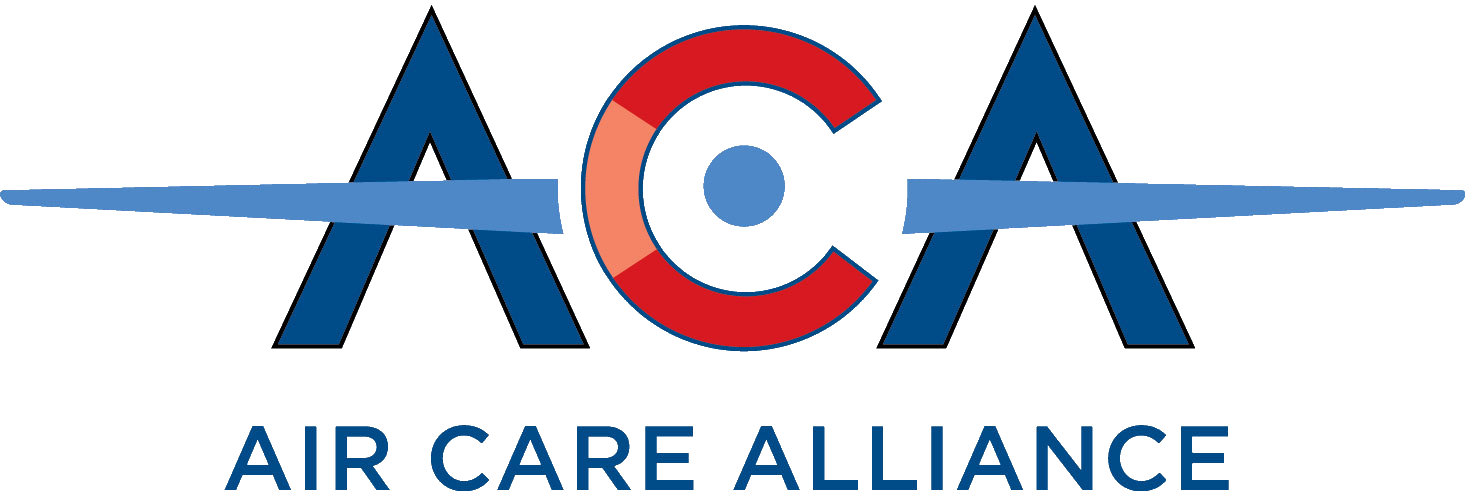FAA and ICAO changes to call sign requirements meant a revamp of the way volunteer pilots use the COMPASSION call sign. The original filing process using a portion of the aircraft’s tail number is no longer valid and ACA has begun assigning discrete COMPASSION call signs to verified pilots of authorized organizations.
“ACA has worked with the FAA on behalf of volunteer pilot organizations to develop a process that meets the new requirements and allows the pilots to continue using the COMPASSION call sign.” says Rol Murrow, Chairman and Founder of the ACA.
“We are happy to announce that pilots of authorized volunteer pilot groups may continue using the call sign by registering for a discrete COMPASSION call sign through our website.”
Click this link to REGISTER FOR CALL SIGN.
Hundreds of volunteer pilots have registered for their call signs already and ACA expects that number to grow as more pilots learn of the process and more groups become authorized for its use.
If you’re a non-profit volunteer pilot organization and would like to become an authorized user of CMF, contact us today to learn how: k.luke@aircarealliance.org
The COMPASSION call sign allows volunteer pilots to clearly identify to ATC that their operations are bona fide public benefit flights. This provides a measure of safety and security for passengers with special needs, and may result in better routing and special handling for the pilot.
The COMPASSION call sign and its three-letter designator CMF was assigned to ACA as its authorized administrator in 1999. Until now ACA has permitted volunteer pilots use of the call sign through a specific filing procedure using a portion of the pilot’s aircraft registration number. However, due to these FAA changes, that procedure is no longer authorized as of December 15th, 2019.
ACA encourages pilots to become familiar with the new procedures for use and to take measures to avoid Call Sign Mismatch. A pilot-programmable ADS-B Out transponder will be required for use of the call sign in designated airspace after January 1st, 2020.
“To avoid Call Sign Mismatch, pilots will need to ensure that their broadcasted flight ID exactly matches what’s filed in the flight plan. This requires the pilot to be able to edit the flight ID on their ADS-B Out unit.” says Murrow. “The good news is that most units can be edited by the pilot; they may just require the feature to be enabled by an avionics shop.” ACA encourages pilots to check with their avionics shops for information on programming their transponders. “It may be easier to do than many pilots think.”
Learn more by reading our FAQs here.

